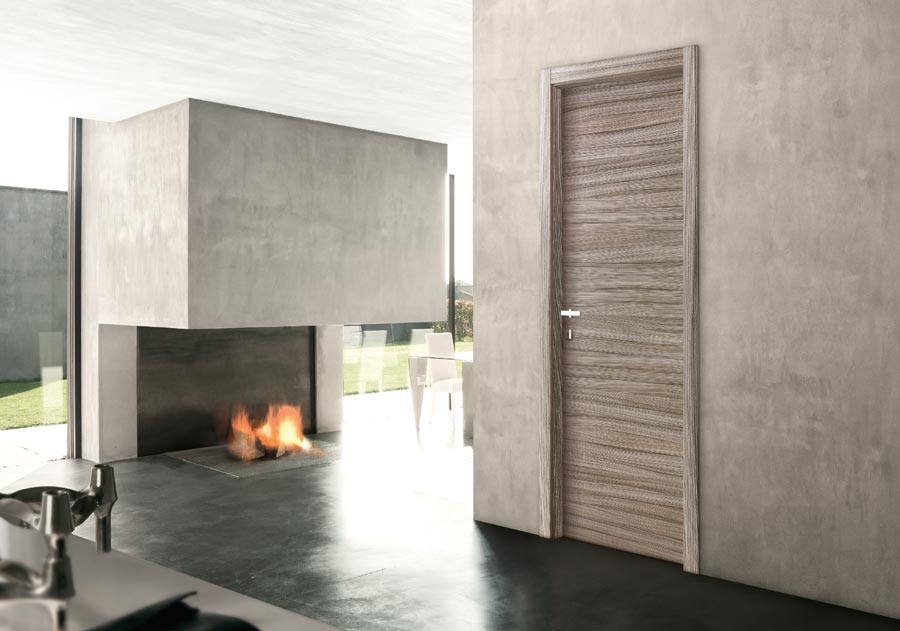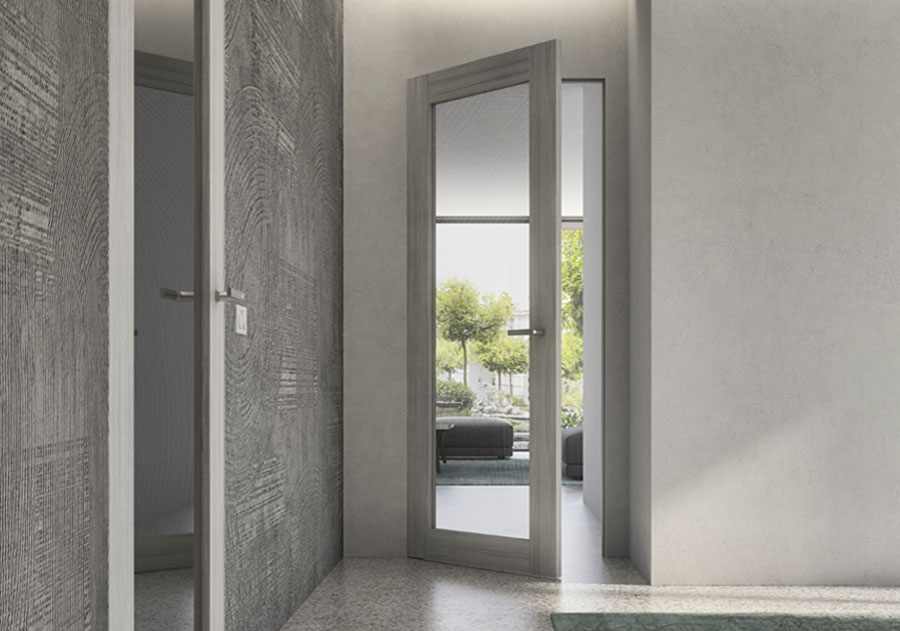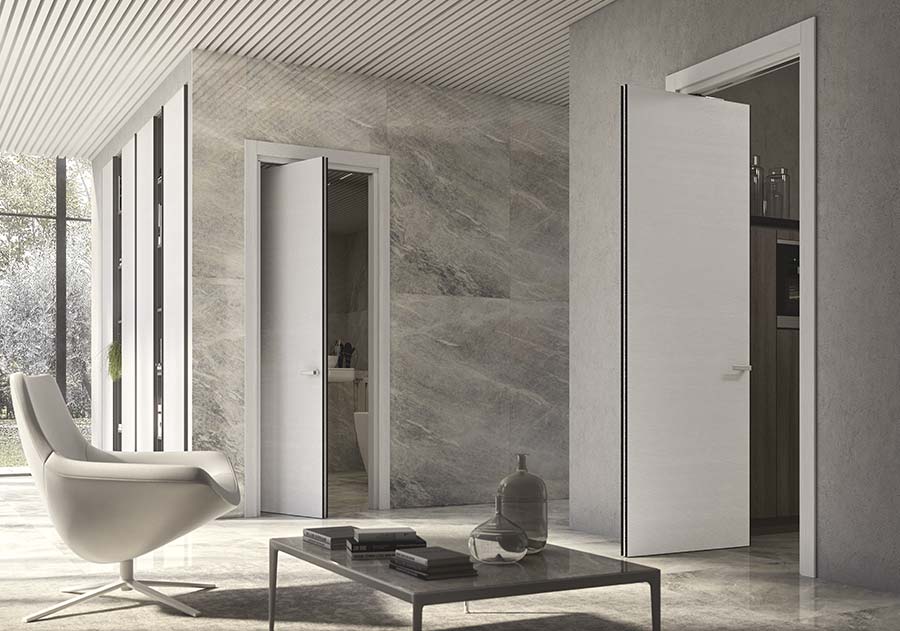| MAGAZINE
The healthiness of indoor environments

Increasingly frequent environmental awareness and education campaigns show us unequivocally one thing: we live in an increasingly polluted world and we are always doing too little to reverse this dangerous trend.
It all stems from an awareness of the existence of limited resources for our planet.
“Sustainable building” has been talked about since the 1970s to indicate ways of designing and constructing buildings that do not irreversibly impact the external environment.
Much progress has been made, yet it is never enough. And it will never be enough as long as each of us continues to think that it should always be others who behave in a certain way: there is still little commitment, and while we are called upon to be sensitive to topics such as energy efficiency, waste management, reuse or non-consumerism, in the first instance we think that the duties of a good environmentalist are tasks that others will carry out on our behalf.
The fact that much more needs to be done, however, does not detract from the thousands of businesses that, in contrast, have radically changed their outlook, their production or their approach to the market by taking the path of sustainability in earnest.

Sustainability
There are many reasons why some sectors turn out to be more virtuous than others.
In the hospitality sector, for example, embracing sustainability leads to a twofold objective: on the one hand, it allows guests’ well-being needs to be increasingly effectively met, such that this attention to materials, renewable sources or comfort becomes, in many cases, discriminating for them when choosing the facility where they stay, whether for pleasure or business.
On the other hand, energy conservation has an increasing importance in the economy of energy-intensive facilities such as hotels, with significant benefits for the wallets of hotel owners.
In construction, it has been incentives rather than environmental education that have pushed for more and more sustainable solutions, until the regulations, which have by now incorporated these issues by making them obligations: on these issues, today, when constructing buildings it is not possible to pretend nothing is happening and turn away.
In the corporate world, on the other hand, an interesting virtuous competition has been triggered such that following sustainability in production processes, in the choice of materials, and in everything that revolves around supplies has become imperative, on pain of self-exclusion from the market.
The “Indoor Air Comfort Gold” Certification
Among the companies that have taken up this challenge, Cocif has done everything possible to distinguish itself on these values as well, recognized by the prestigious “Indoor Air Comfort Gold” certification, which attests to and confirms the attention the company pays to the values of environmental sustainability and healthiness of indoor spaces.
What does it mean in practical terms? How can doors contribute to healthy environments? Let’s get into the specifics.

Air quality
We all know how important air quality is inside our homes, in offices, in stores, in all living spaces. Unfortunately, however, none of us are really aware of what healthy air means and depends on.
We know that our cities are increasingly polluted, but beyond the smog, which is perhaps the only element we can perceive, we hardly realize how many pollutants there are, instead, in enclosed spaces: deodorants, cosmetic products, cleaning materials, smoke, the heating system.
What’s more: glues, adhesives, solvents, paints, but also building materials or fixtures such as furniture, upholstery, and carpeting, especially in the period immediately after the installation of the various materials or the installation of furnishings.
The Italian Ministry of Health specifies this very well, speaking of “Volatile Organic Compounds”, so-called VOCs.
What emerges even more from this troubling list is the importance of everyone doing as much as they are able, without always waiting for others to take the first step.
For this reason, Cocif’s efforts have focused on making low-emission products, a requirement in addition to those for better energy conservation, the selection of materials from properly responsibly managed forests, or better safety and hygiene standards.
From the inspections and tests of the multinational company Eurofins Scientific – a world leader in bioanalytical testing – the doors of the Larson and Catalina collections have been certified “Indoor Air Comfort Gold” – an achievement that pushes us to do even better in the near future.

A serious commitment
Beware, however: woe betide anyone who talks about greenwashing! Nothing is worse than misappropriating environmental virtues in order to present oneself in the market as being excellent and gaining visibility and new opportunities.
Sustainability, in fact, is a marketing concept that has become fundamental to everyone, so much so that some companies are pushing to attribute untrue environmental qualities to themselves in order to exploit the potential of eco-sustainability to discerning consumers.
Indoor Air Comfort Gold certification attests to Cocif’s seriousness in addressing these issues, which represent not just lip-service, but a concrete approach aimed specifically at people’s well-being.
“Meeting the needs of the present generation without compromising those of the future generation”, this is the definition of sustainable development that encapsulates all concepts.
And the focus on low VOC emissions is a mission aimed at exactly that: one small step toward making the world a better place for us and our children.

| GET IN TOUCH
For more information, please fill in the form.

